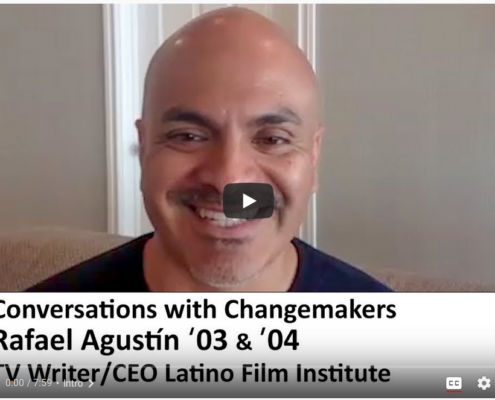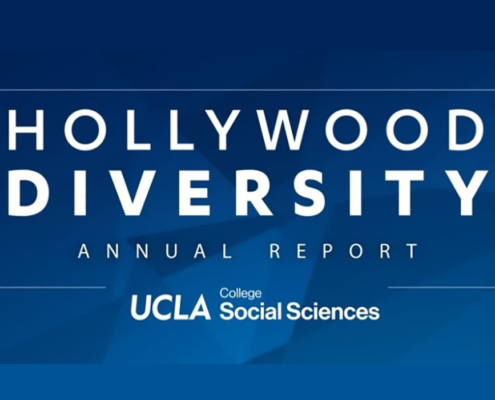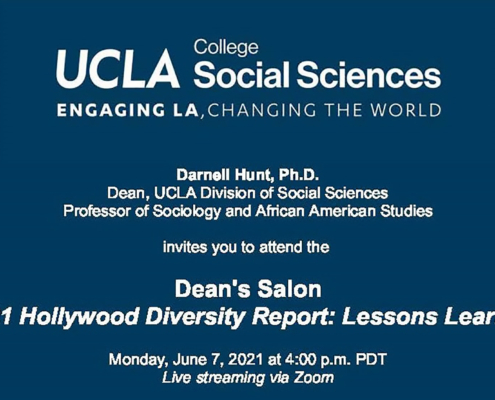Posts

LA Social Science Presents “Conversations with Changemakers” Featuring UCLA Alum Rafael Agustín Discussing Latinx Storytelling
UCLA Alum Rafael Agustín ('03 & '04), TV Writer (Jane…

UCLA Hollywood Diversity Report Receives Funding from CA State Budget
The UCLA Hollywood Diversity Report received a $250,000 allocation…

UCLA Social Sciences Dean’s Salon Presents “2021 Hollywood Diversity Report: Lessons Learned” on June 7
Darnell Hunt, Ph.D.
Dean, UCLA Division of Social Sciences
Professor…

LA Social Science 2021 Summer Course Previews: Inside Hollywood with Professor Peterson
As Summer 2021 approaches, LA Social Science will be highlighting…

UCLA’s Dr. Ana-Christina Ramón Awarded $100,000 as Inaugural Latino Film Institute Scholar
Academy Award®-nominated actor Edward James Olmos announced…

By All MEANS Necessary – New UCLA Report on Hollywood Diversity and Inclusion Practices
September 18, 2019
Diversity initiatives have become their…

Is Hollywood Leaving Money on the Table? Key Findings from the Hollywood Diversity Report 2018
The Hollywood Diversity Report 2018 is the fifth in a series…

